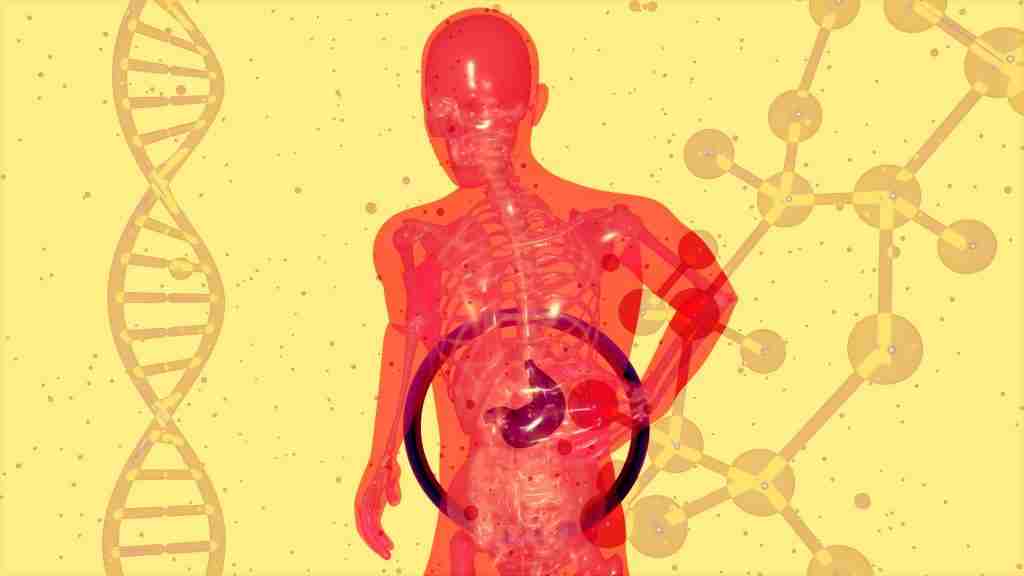
Two cups of coffee would have roughly 190 mg of caffeine if an average cup of coffee had 95 milligrams of caffeine in it. As a result, the body would need 5 to 6 hours to eliminate 95 milligrams, or half, of the caffeine in 2 cups of coffee.
The importance of understanding caffeine’s half-life
Millions of individuals use caffeine, a well-liked stimulant, every day. Although caffeine has a number of advantages, including the ability to boost mood and alertness, it is crucial to comprehend how the body processes caffeine and how long its effects last. The period of time it takes for the body to excrete half of the caffeine that has been consumed is known as the half-life of caffeine. Knowing the half-life of caffeine is crucial for controlling caffeine intake, modifying pharmaceutical use, and preventing adverse effects.

The significance of comprehending caffeine’s half-life and its physiological effects will be discussed in this article. We will define half-life and discuss its significance for people who routinely drink caffeine. We will also go over the various elements that can damage the body and alter the half-life of caffeine. Finally, we’ll offer advice on how to successfully control your caffeine intake and minimize any hazards. By the time this article is finished, readers will know more about the half-life of caffeine and how to control their caffeine intake to maximize its advantages while lowering any potential hazards.
What is caffeine?
A stimulant that occurs naturally, caffeine can be found in many foods and beverages. One of the most commonly used psychoactive compounds, it is renowned for raising alertness, elevating mood, and enhancing cognitive function. We will look at what caffeine is, where it comes from, and how it affects the body in this post.
The methylxanthines are a class of chemical substances that includes caffeine. It is present in more than 60 distinct plant species, including kola nuts, cacao beans, coffee beans, and tea leaves. A neurotransmitter called adenosine, which is in charge of encouraging sleep and reducing wakefulness, is the target of caffeine’s activity.
The most popular liquids containing caffeine are soda, coffee, and tea. One of the most common sources of caffeine is coffee, which contains between 80 and 200 mg in an 8-ounce cup. A typical serving of black tea, which contains 8 ounces, has about 50 milligrams of caffeine. Energy drinks, chocolate, and some drugs including painkillers and cold remedies are additional sources of caffeine.

The body responds to caffeine in a number of ways, increasing alertness, elevating mood, and enhancing cognitive function. Caffeine is taken into the bloodstream after consumption and moves to the brain where it interferes with adenosine’s function. Dopamine and norepinephrine are two neurotransmitters that become more active as a result, which can enhance mood and cognitive function.
Moreover, caffeine can activate the central nervous system, raising blood pressure, breathing rate, and heart rate. When used in large dosages, this might cause feelings of anxiety and restlessness. Caffeine can also disrupt sleep by shortening the duration of deep sleep and lengthening the duration of nighttime awakenings.
What is a half life? And what does it have to do with coffee?
A substance’s half-life is the period of time it takes for its concentration to drop by half inside the body. The time it takes for the body to eliminate half of the caffeine that has been consumed is referred to as the half-life of caffeine. This means that if you take in 100 milligrams of caffeine and it has a 5-hour half-life, your body will still contain 50 milligrams of caffeine after that time.
Factors that influence caffeine’s half-life
The half-life of caffeine can be affected by a number of variables, including age, gender, heredity, body weight, liver function, and other health issues. For instance, because of reduced liver function, those with liver illness may have a longer half-life for caffeine. Similar to this, aging-related changes in metabolism may cause older people to have a prolonged half-life.

Moreover, caffeine’s half-life might vary depending on how it is ingested. For instance, caffeine in coffee may have a longer half-life than caffeine in energy drinks because coffee includes additional chemicals that can inhibit caffeine breakdown.
Caffeine’s typical half-life in the body In healthy humans, the half-life of caffeine in the body is usually between 5 and 6 hours. So, it takes the body roughly 5 to 6 hours to excrete half of the caffeine that is ingested. But, as was already noted, individual circumstances may have an impact on the rate of caffeine metabolism and its half-life.
It’s also important to remember that caffeine’s effects last even after the substance has been digested and excreted from the body. Caffeine, for instance, can impair both the quality and quantity of sleep, leaving one feeling tired and groggy the next day.
What happens when caffeine is metabolized
Caffeine enters the bloodstream after consumption and is transported to the liver where it is processed. Cytochrome P450 enzymes are a class of enzymes that metabolize caffeine. Caffeine is broken down by these enzymes into smaller substances like paraxanthine, theobromine, and theophylline.

The body then excretes these substances through the urine. Age, gender, genetics, body weight, liver function, and other medical issues are just a few of the variables that might affect how quickly caffeine is metabolized.
The role of the liver in caffeine metabolism
The metabolism of caffeine depends heavily on the liver. The liver is where the cytochrome P450 enzymes that metabolize caffeine are mostly found. Caffeine is broken down by the liver into smaller molecules that are then excreted from the body through urination.
The amount of caffeine that reaches the bloodstream is likewise controlled by the liver. Caffeine enters the bloodstream through the digestive tract after consumption. By metabolizing excess caffeine and keeping it from entering the bloodstream, the liver aids in controlling the quantity of caffeine that is absorbed into the body.

Caffeine may be metabolized more slowly in those with liver illness or decreased liver function, which extends caffeine’s half-life in the bloodstream. As a result, there may be a higher chance of unpleasant side effects such jitteriness, sleeplessness, and anxiety.
Conclusion
The half-life of caffeine is an important concept to comprehend since it affects how long caffeine remains in the body and has an effect. A frequently used stimulant, caffeine can be found in a variety of foods and beverages. It has an impact on the body by energizing the neural system, boosting alertness, and decreasing weariness. However, consuming too much caffeine can have side effects like insomnia, jitteriness, and a rapid heartbeat. For healthy adults, 400 mg of caffeine per day, or around 2-3 cups of coffee, is advised. Age and sex differences among people can affect how quickly caffeine is metabolized and how long its effects last. To prevent harmful effects, it’s crucial to be aware of the amount of caffeine in food and beverages and to eat it moderately.
If you want to make 2 cups of coffee really quick… check out our article on dual coffee makers.

